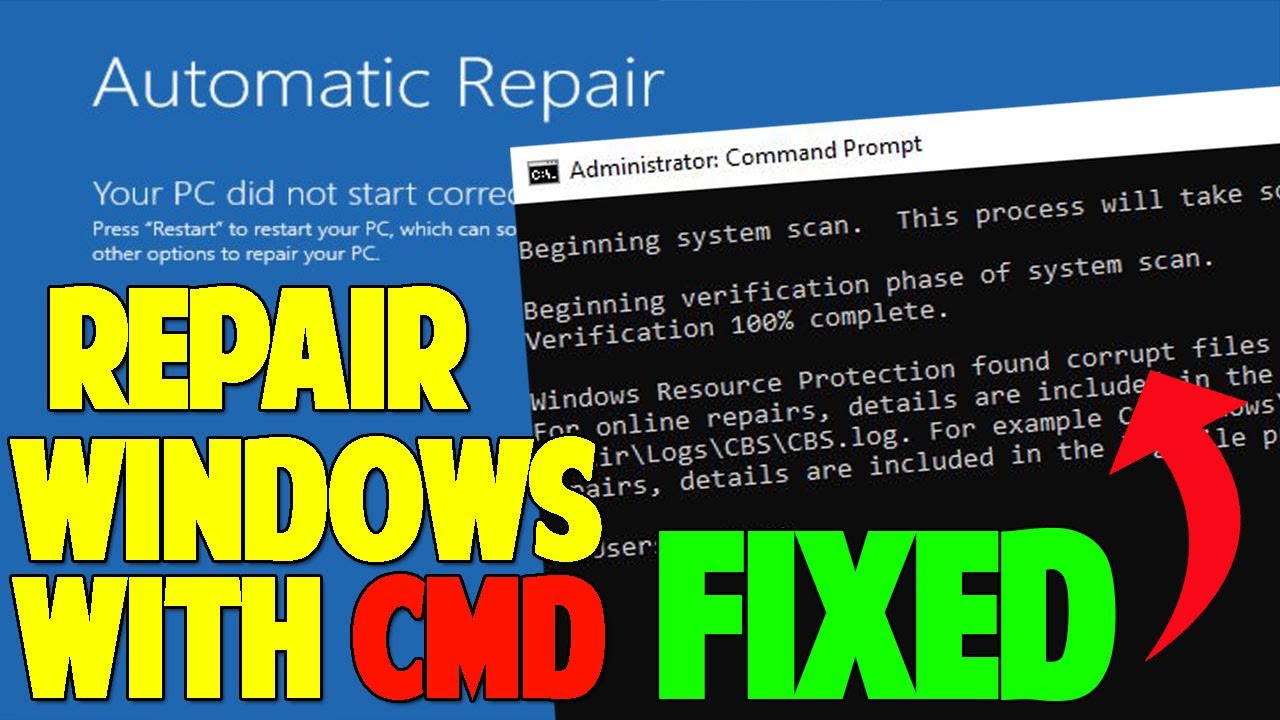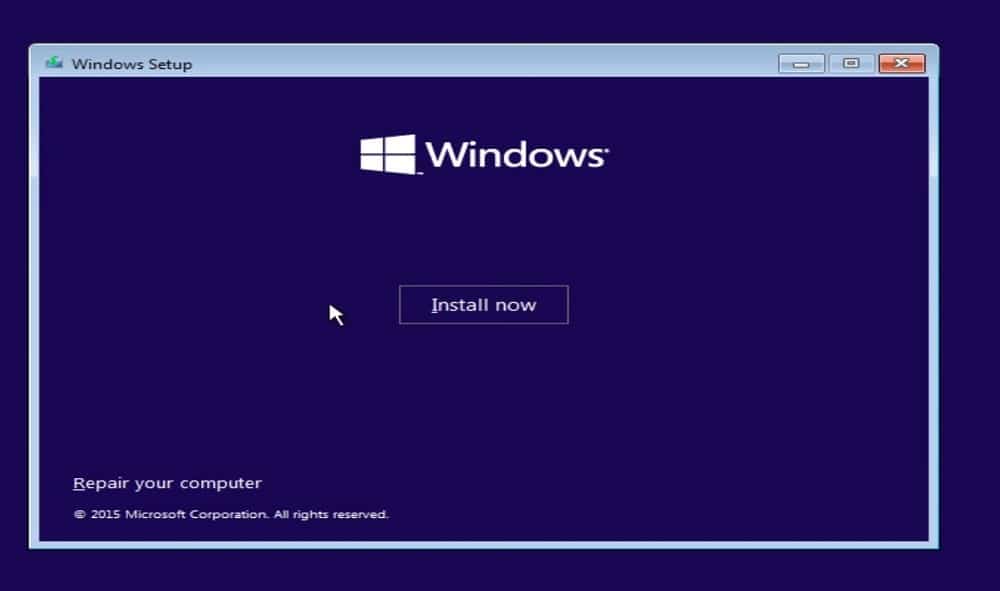

- How to boot from command prompt windows 10 how to#
- How to boot from command prompt windows 10 drivers#
- How to boot from command prompt windows 10 update#
Step 7: Type another command given below to update the USB drive with BOOTMGR compatible code. Where “D” is your DVD drive letter or the drive letter of the mounted ISO file.ĬD BOOT and hit enter to see the below message. Step 6: Maximize the minimized Command Prompt in the 4th step.Type the following command now:ĭ: CD BOOT and hit enter. If you have an ISO image of Windows 10/8/7, mount the ISO file by right-clicking on it and then clicking the Mount option. In this guide, I will assume that your DVD drive letter is “D,” and the USB drive letter is “H” (open my computer to know about it). Step 5: Next, insert your Windows 10/8/7 DVD into the optical drive and check the drive letter of the DVD drive. (In the above command, replace NTFS with FAT32 if your system supports UEFI)ĭon’t close the command prompt as we need to execute one more command at the next step. So below are the commands you need to type and execute one by one: Here I assume that your disk drive no is “ Disk 1”.If you have Disk 2 as your USB flash drive, then use Disk 2.Refer to the above step to confirm it. Step 4: Next, type all the below commands one by one. In the below screenshot, my Flash Drive Disk no is Disk 1. Next type the LIST DISK command and note down the Disk number (ex: Disk 1) of your USB flash drive. Type in the following commands in the command prompt:įirst, type DISKPART and hit enter to see the below message. Step 3: You need to know about the USB drive a little bit. *Go to Start menu > All programs > Accessories, right-click on Command Prompt, and select Run as administrator. *Type cmd in Start menu search box and hit Ctrl+ Shift+ Enter. Use any of the below methods to open Command Prompt with admin rights. Step 2: Open Command Prompt with admin rights. I have actually got out of the hole by uninstalling USBPCap but I am still wanting to know how and whether booting directly to a command prompt is possible.Step 1: Plug-in your USB flash drive to the USB port and move all the contents from the USB drive to a safe location on your system.
How to boot from command prompt windows 10 drivers#
I was able to gain control of the PC by TeamViewer and determine via the Device Manager that no USB drivers had loaded.Ī bit of web poking around found that this is a known problem with USBCap, but I wanted to back a couple of things up before attempting any fixes so I wanted to boot to a command prompt so I could access some files (a backup of the registry at the time of the last successful Windows startup) that were normally locked under windows. When I restarted, the machine (Dell 8700) started as per normal, but when it had finished starting windows the mouse (wireless - works via a USB dongle), and keyboard (wired, USB) were non-functional. It all started when I updated to WireShark 2.2.1 and decided at the same time to include the USBPCap drivers. I had a fault that wiped out all my USB devices so at the end of startup I had a functional machine but no keyboard or mouse. What do you do when your PC won't boot? Is there a way of getting from power - on to a command prompt as directly as possible? This assumes you have a functional PC that successfully boots so you can access said options.

How to boot from command prompt windows 10 how to#
The discussions I have found detail how to boot to a command prompt, but they all have at their starting point the "Advanced Startup Options".


 0 kommentar(er)
0 kommentar(er)
